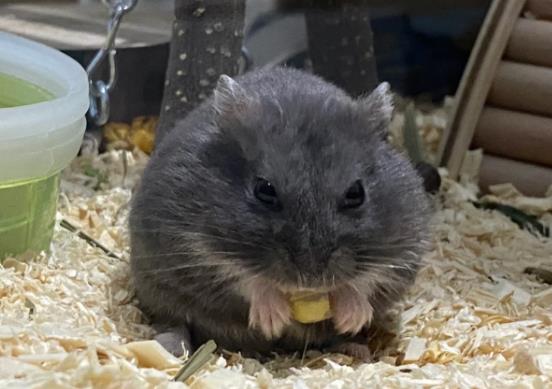Pet hamsters typically live for 2–3 years, but their exact lifespan can vary significantly based on factors like breed and care conditions. Here’s a detailed breakdown:

I. Lifespan Differences by Breed
Dwarf Hamsters (e.g., Campbell’s, Winter White, Roborovski hamsters)
Average lifespan: 1.5–2.5 years. Among them, Roborovski hamsters (often called "Robos") tend to live slightly longer, reaching around 3 years.
Their small size leads to a faster metabolism, contributing to a relatively shorter lifespan.
Syrian Hamsters (e.g., Golden hamsters, Teddy Bear hamsters)
Longer-lived, usually 2.5–3.5 years, with some individuals surviving over 4 years.
Larger in size and generally more resilient to illnesses.
II. Key Factors Affecting Lifespan
Housing Environment
Cage size: Dwarf hamsters need a cage of at least 47 cm, while Syrians require 60 cm or more. Include a running wheel and enrichment items.
Temperature & humidity: Optimal conditions are 20–24°C (68–75°F) with 40–60% humidity. Avoid extreme heat, cold, or dampness.
Diet & Health Management
Feed a high-quality commercial hamster mix as the main diet. Avoid sugary or salty treats. Senior hamsters need smaller, easier-to-chew pellets.
Breeding impact: Each litter a female hamster bears may shorten her lifespan by about 3 months. Unbred females often live longer.
Disease Prevention
For senior hamsters (1.5+ years old), semi-annual check-ups are recommended to detect issues like tumors early.
III. Tips to Extend Lifespan
Science-based feeding: Stick to reputable food brands and clean bedding 1–2 times weekly.
Minimize stress: Keep their environment quiet and house them alone (hamsters are solitary animals).
Senior care: After 1.5 years, provide extra warmth and soft foods to support aging bodies.
With proper care, many hamsters can exceed the average lifespan, though living beyond 5 years is extremely rare.
